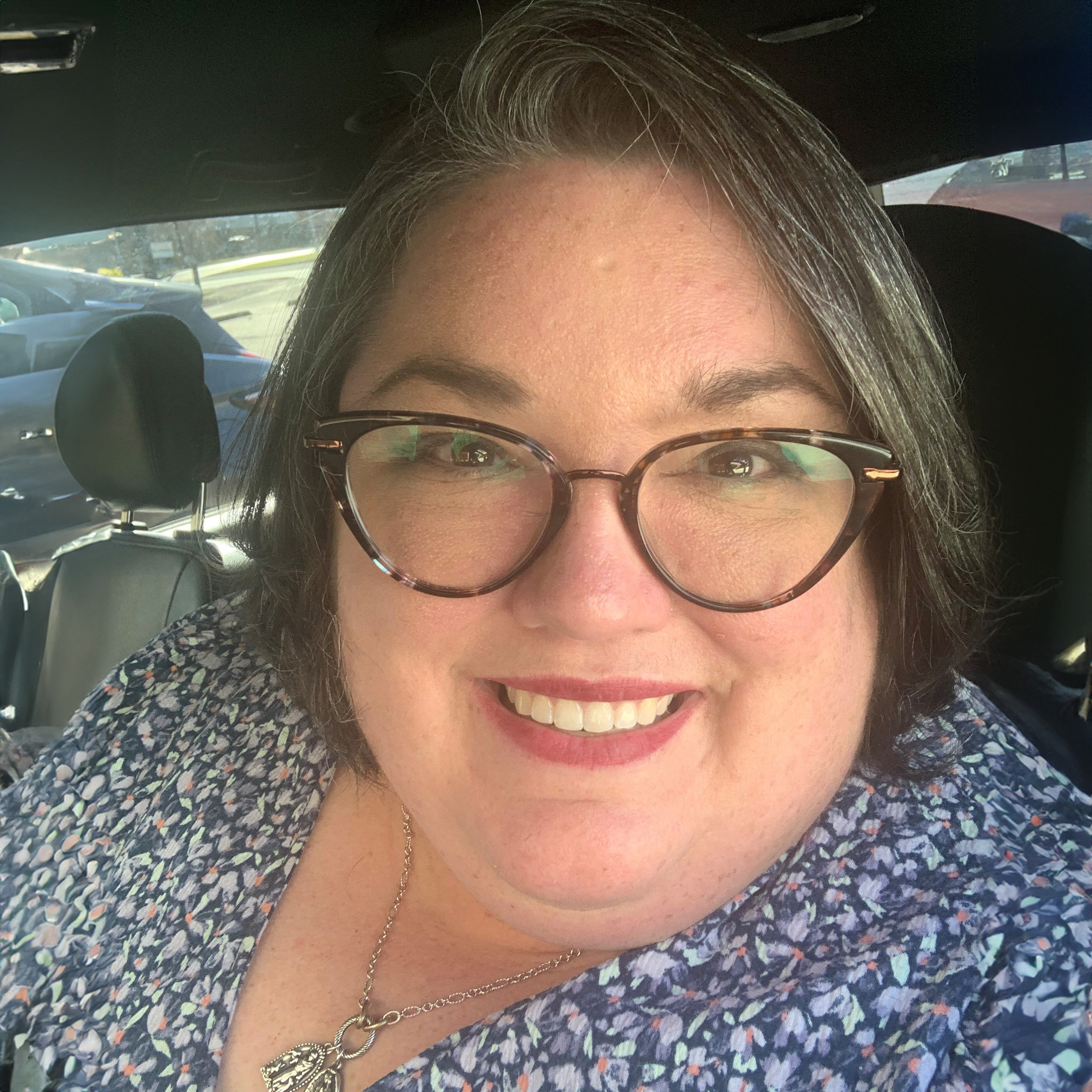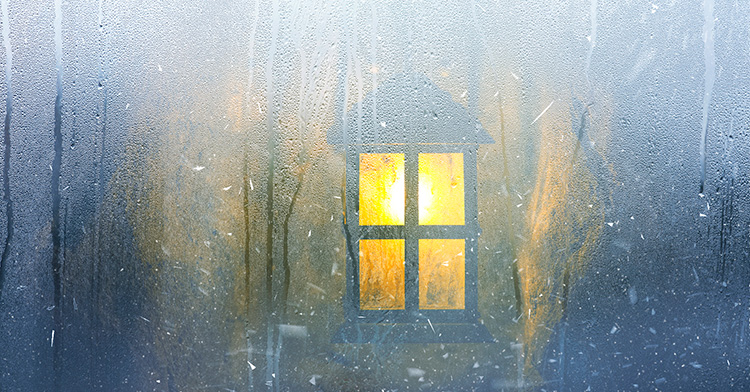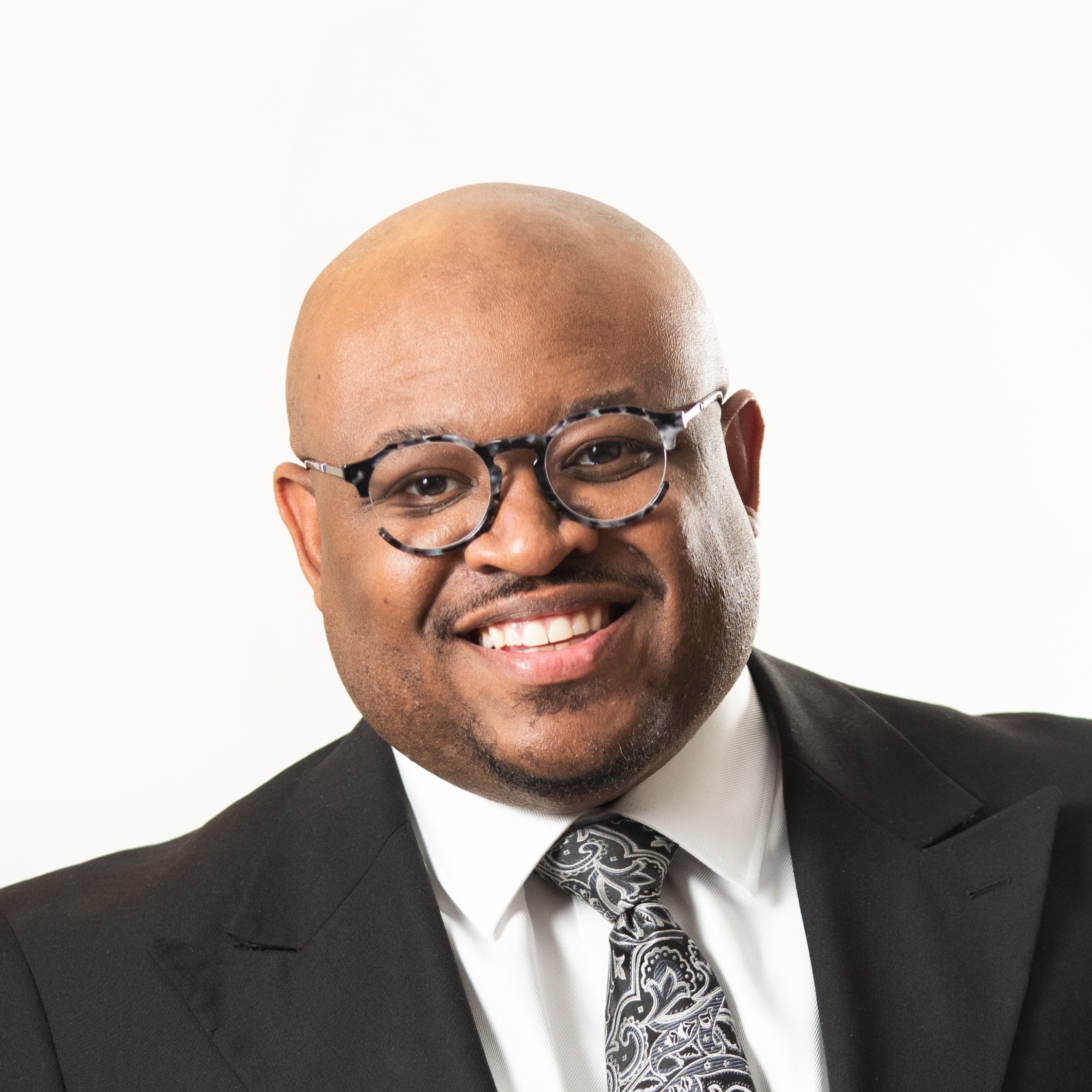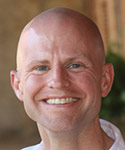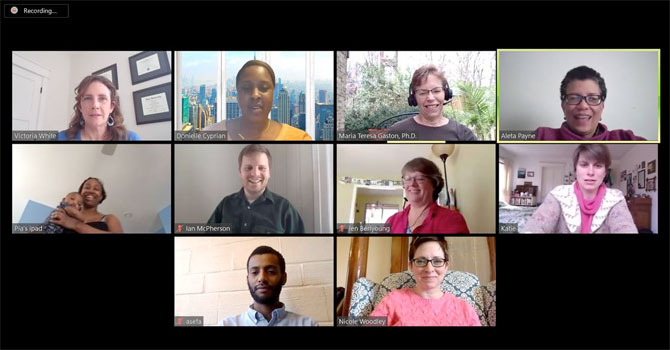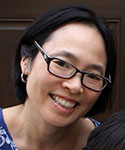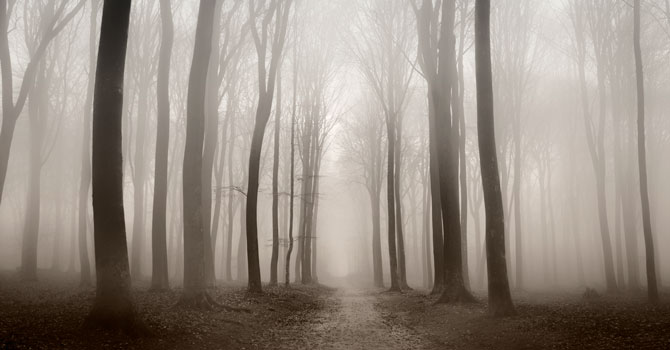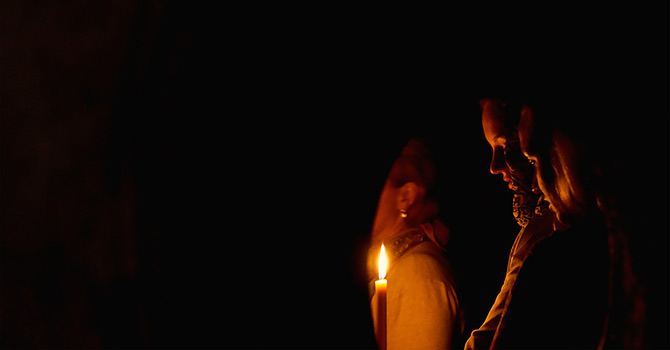Lent and the dramatic shifts in the Middle East have me thinking about my travels through Israel-Palestine last November. Something felt particularly holy about traipsing around the land where Jesus lived, but I was left with a sense of ambiguity and conviction about our presence there as visitors.
I arrived in hopes that images and stories from Scripture would come alive, that texts would take on texture. They did. I and my fellow pilgrims immersed our senses in the land. We got dusty and felt the heat of the sun on our backs. We sought the saving refuge of water and shade and immersed our feet and hands in the headwaters of the Jordan, in the glassy Sea of Galilee, in the briny shores of the Dead Sea. We picked olives on the Mount of Olives and listened to bleating sheep and the shepherds who called them.
I felt an unexpected and intimate sense of connection not just to the land but to history. The holy land is a unique place, one whose current stories unfold on the same timeline of human history into which God entered in flesh two thousand years ago. The continuity of that timeline was especially poignant at Herodium, the ruins of one of Herod the Great’s extravagant undertakings not far from Jerusalem. Herod, whose life ended at the time Jesus’ began, was buried in a tomb there, discovered in 2007 after thirty years of searching by Ehud Netzer. Netzer, an Israeli archaeologist, died from a fall at the excavation site just two weeks before our visit. The chronological distance from Jesus of Nazareth seemed to shrink by a few degrees of separation.
The distance from the political and religious realities of Jesus’ time also seemed to shrink. Our times and Jesus’ share so many common ingredients: people groups struggling for self-determinism and religious freedom, powerful leaders whose plans and visions seem utterly incompatible, cries of oppression, occupation and injustice, memories of past persecution and bygone eras of tranquility, and a cherishing of the soil that sits at the epicenter of three faiths’ sacred history.
Journeying from Galilee to Jerusalem, I recalled the way in which Jesus engaged readily in the messiness and tensions of his day. Willing to lay down everything, he set his face toward Jerusalem, confronting injustice and refusing to endorse any spirituality that was not lived out in blood, sweat and tears. Through the events of Holy Week, Jesus reveals the lengths God will go in order to bring about forgiveness and reconciliation.
That’s what Jesus did. What were we doing there?
I worry the holy land is becoming a “museum of Christianity,” that Christian pilgrims who visit will encounter the timeworn stones of the archaeological ruins, but not the “living stones” of the Christian church’s witness. I don’t know what reconciliation efforts could or should look like, although certainly there are people striving to find them. Trying to listen and understand the stories from all sides would be a good start. The church in the United States has plenty of room to grow in that regard.
What I do believe is that we’re not off the hook. We are spiritual descendants of those to whom I Peter 2:4-5 was addressed; we are called to be “living stones, a holy priesthood,” built on the Christ who was rejected and then became the living cornerstone. But how can we be “living stones” in such a complex religious and political place?
It was an unusually hot November in Israel-Palestine when we picked our way among massive, now toppled stones from the wall around Herod’s temple. Herod’s tomb is empty because grave robbers plundered it and have long since spent its spoils. Jesus’ tomb is empty because he is risen indeed. Our leader, Marlin, motioned around us and simply said, “these are Herod’s legacy, this is what’s left. YOU are the legacy of Jesus.” In the heat of late fall, I got shivers.
Jessica Bratt is ordained in the Reformed Church in America and currently serves as a chaplain at Children's Hospital in Boston, Massachusetts.


